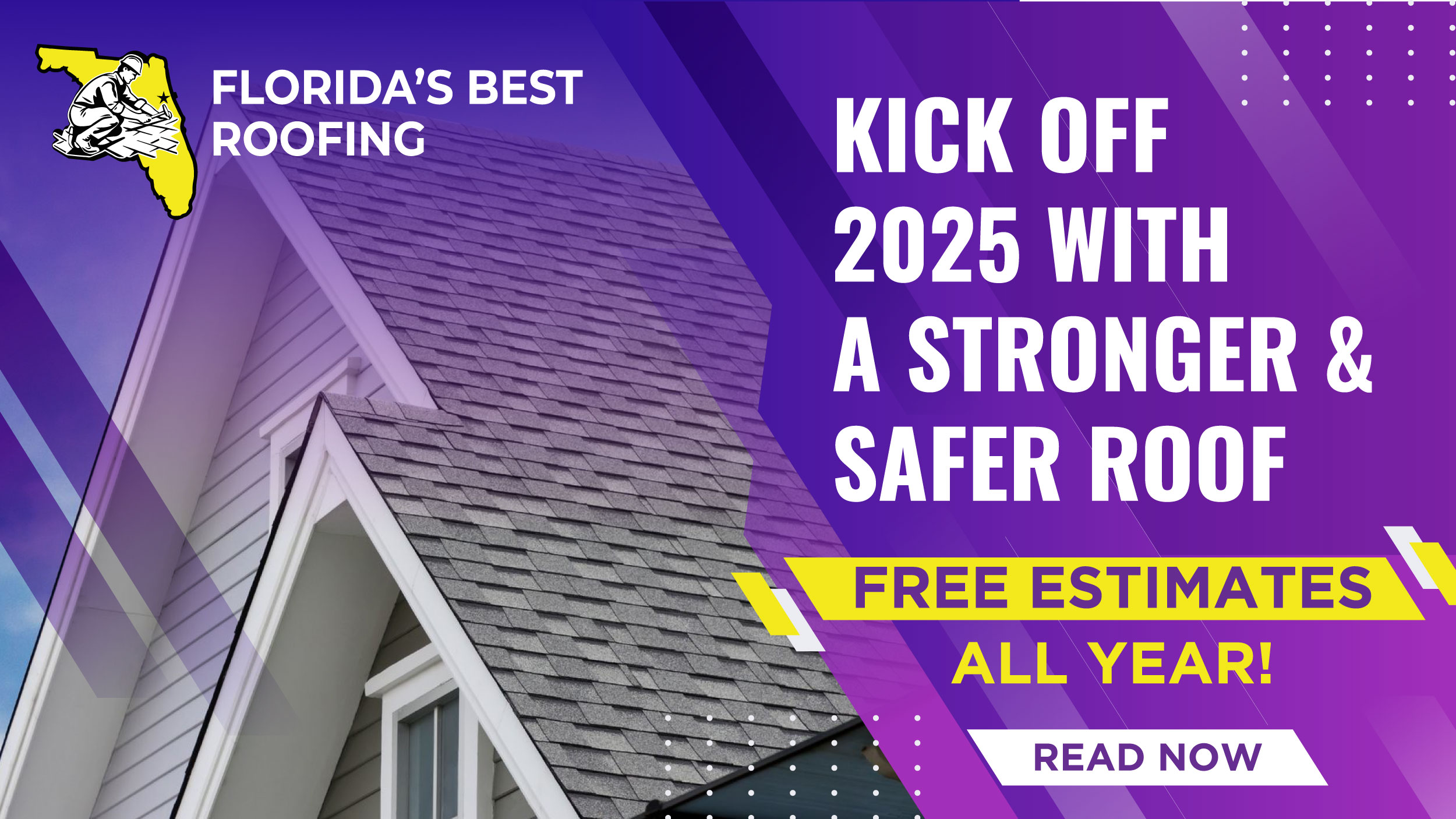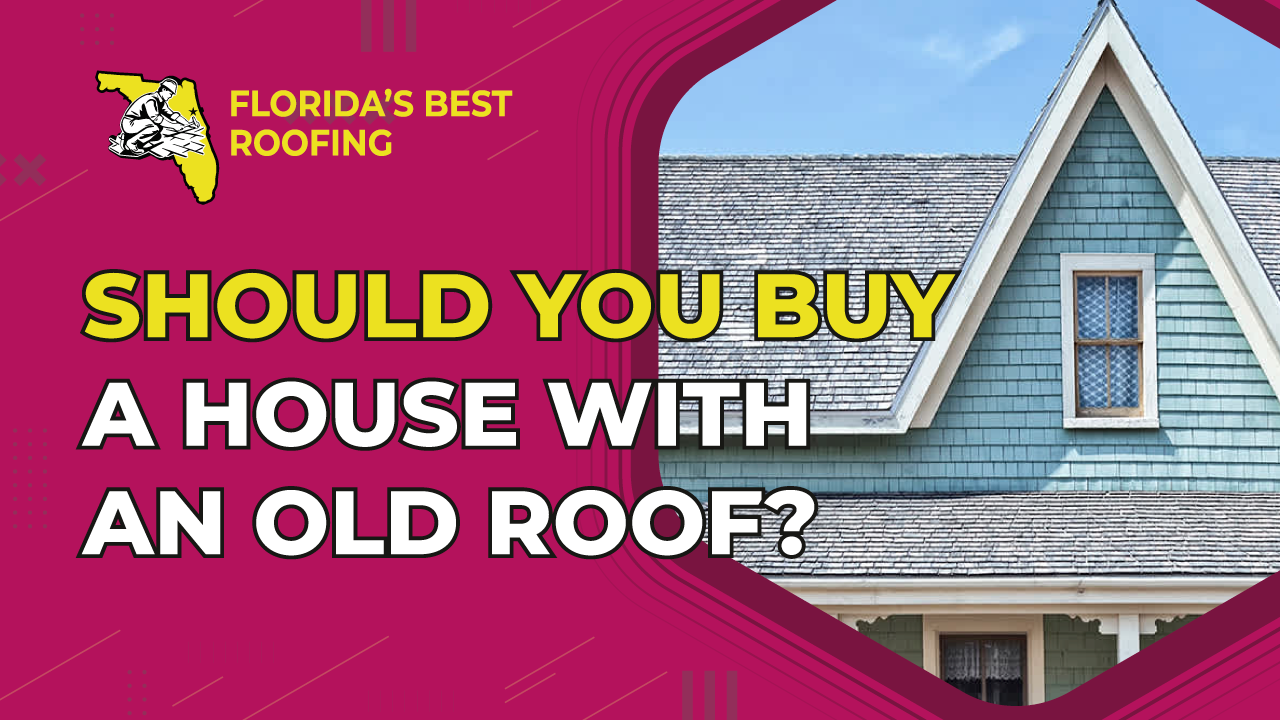When you look at a roof what you notice first is its shape and the material, most often asphalt shingles, that covers it. Upon a closer look you may notice some vents and pipes, but besides that it is really impossible to see what the roof is really made of. Unless you see a roof being replaced or a new roof being installed, you may never know how many layers and types of materials are hidden underneath the shingles and really make up the roof beyond the visible materials.
In fact, there are several layers beneath the shingles that work to create the roof shape, support it, regulate temperature, insulate your home, and block out moisture. Knowing about what really makes up a roof can help you understand how it functions, how it can be damaged or protected, and help you in dealing with roofing issues on your property in the future.
Layers Under Roof Covering
Let’s go over the layers that make up a roof, starting from the bottom and heading up.
The Frame
The frame of the home is what gives it its shape and defines its boundaries. The frame of the roof creates its shape and the support for all covering material. The frames of modern homes are typically made of a series of wood trusses manufactured to the specifications of a particular blueprint or home design. Occasionally, roofs are built completely on-site with wooden beams cut to appropriate rafter size and put together on the structure. It is important to have an idea of what the finished roof will look like when creating the frame since frames for certain roofing materials, like clay or concrete tile or slate, require additional reinforcing in the frame to hold up their weight.
Insulation
Insulation in a house helps to regulate the internal temperature of a structure and prevent its fluctuations during weather changes. It also aids in reducing the use and cost of heaters and air conditioners. In a finished attic, the insulation is placed between the rafters of the roof’s frame. In an unfinished attic, the insulation can usually be found on the attic floor.
The Roof Deck
The roof deck is nailed on top of the roof frame. It is made of wooden boards, usually either plywood or another engineered wood product such as oriented particle board (OSB). This creates the roof’s surface on top of the trusses. Holes are cut in the roof deck at appropriate areas where roofing vents will eventually be installed.
Water Shield
A waterproof barrier or membrane that is designed to prevent build up of moisture or protect areas that are particularly susceptible to water damage is laid down next. This is typically a peel-and-stick membrane that is used to line all valleys on the roof and, in climates that have ice or snow in the winter, the perimeter around the eaves. The peel-and-stick membrane attaches directly to the roof’s deck.
Underlayment
Next, and directly below the roof covering, is the underlayment. There are several different kinds of underlayment, which we will go over below since they serve as an integral part of the roof, particularly in preventing water from reaching the roof deck and then causing leaks. Underlayment is usually made of fiberglass paper or felt, and it covers the entire roof. Depending on the type of underlayment, it is either nailed to the deck or sticks directly to it if it is self-adhesive.
Underlayment is either water-resistant or waterproof. There are three kinds of underlayment: asphalt-saturated felt, non-bitumen synthetic underlayment, or rubberized asphalt underlayment.
Asphalt-Saturated Felt
Until about 15-20 years ago, this was the most common kind of underlayment. It is water-resistant and nailed down to the roof. It is commonly called tar or felt paper and can vary in thickness. It consists of a base material (wood, cellulose, polyester, or fiberglass) which is soaked in a protective coat of asphalt (bitumen) or a similar material.
Synthetic Underlayment
This is presently the most common type of underlayment used by contractors, although in hurricane-prone central Florida it is quickly being replaced by the hardier rubberized asphalt (discussed below). Compared to felt paper (above) synthetic underlayment has increased durability. Fiberglass is added when the synthetic material is coated in asphalt, resulting in increased resistance to tears and punctures. Still, synthetic underlayment is water-resistant and must be nailed down to the roof deck.
Rubberized Asphalt
This is the most expensive type of underlayment, which is presently growing in popularity, although it leads to a higher cost of roof replacement. Its expense comes from a higher amount of rubber and asphalt polymers in production, which contribute to its strength. This underlayment comes with an adhesive on one side. When the covering is peeled away this adhesive sticks directly to the roof deck and creates a waterproof seal, as no nailing is required. It is also called peel-and-seal.
Once the chosen underlayment is in place, the roof covering is added, beginning with the shingle starter strip and drip-edge at the eaves, the vents and flashing in their designated spaces, and shingles (or other chosen covering material) across the entire roof.
If you have any questions about roof underlayment or need any work done on your roof in the Palm Coast, Flagler, or Volusia area, please give Florida’s Best Roofing, Inc. a call and schedule a free estimate at 386-263-7906!












